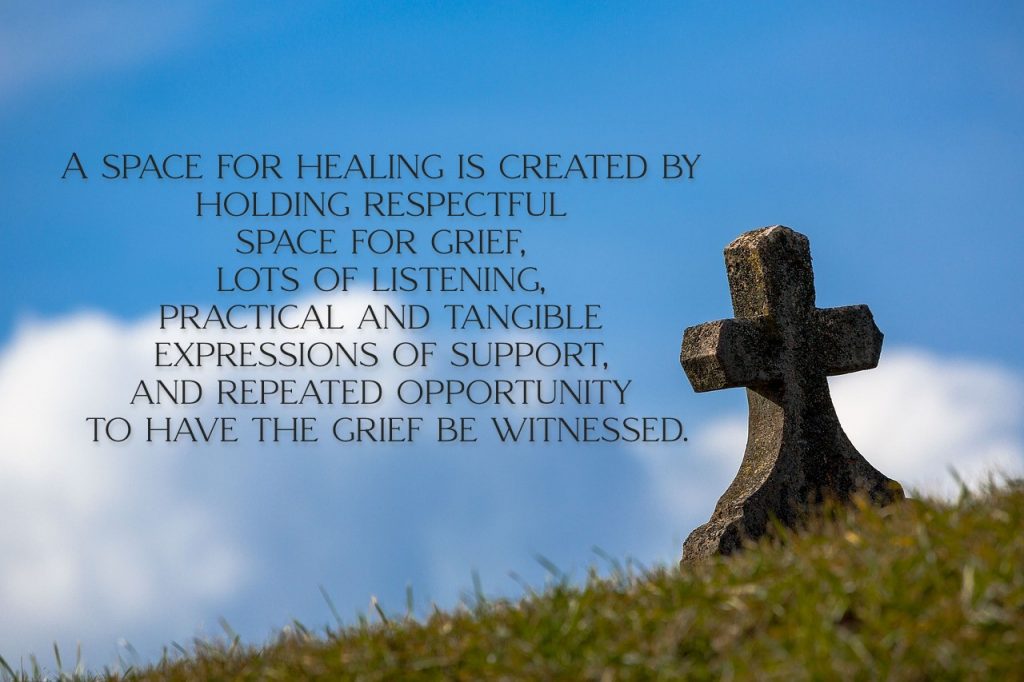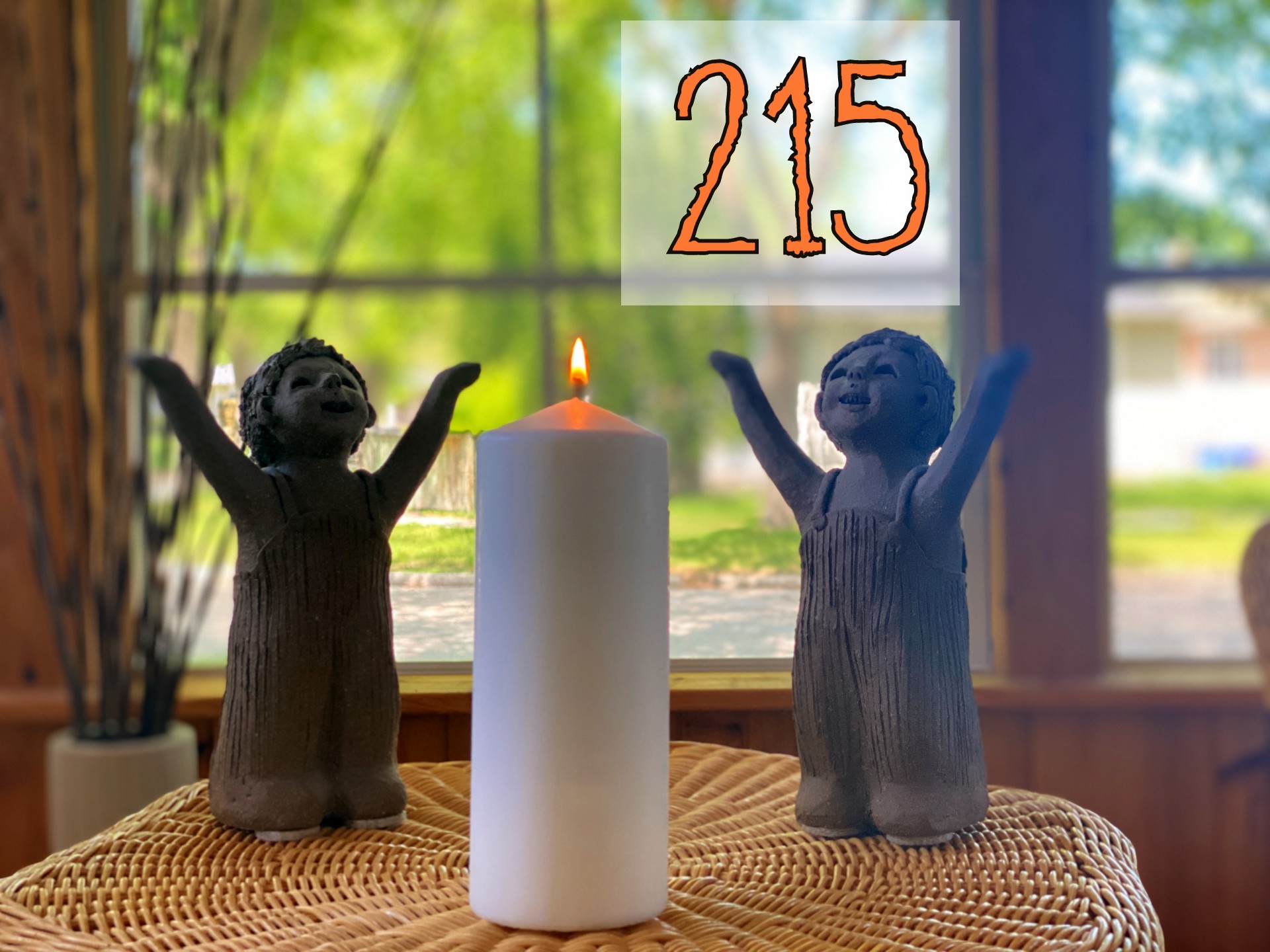This is the day my babies died. It is a day that stands out on the calendar.
June 18th, 28 years ago was the worst day of my life.
Hands down. No contest.
Harder than the day my Former Husband told me he’d probably leave. More difficult than the day he told me was leaving—and even harder than the day he walked out the door. More excruciating than the day he told me he knew he wouldn’t be coming back.
All of the days were days of broken hearts and dreams.
But the day my babies died was definitely the worst. By far.
In fact, everything since might have been hard—but, in comparison, do-able. The darks days of my FH on his way out were hard—but I knew I could make through this–through anything–because it wasn’t as bad as losing my babies.
I thought I would go crazy when those babies died.
Not figuratively.
Literally.
I felt as if I was on the edge of sanity—worried that I might lose “it” and never regain it.
I went to the library to understand what happened. When I read the literature about what needed to happen to prevent future babies from being stillborn, I discovered that standard practice was to have three pregnancies end in tragedy before there was medical intervention.
When I was ready to try for another pregnancy again, I told the doctor that if he expected me to lose 2 more babies to stillbirth before he would intervene, he should let me know.
My decision would be to then not have children.
I couldn’t face the likelihood of losing 2 more children to stillbirth. It would do me in. I couldn’t, wouldn’t take it.
I’d rather have my desperate dream of being a mom die, rather than risk losing more babies.
I never thought of myself and my little babies as the lucky ones.
I still grieve for those babies—and for my broken dreams for their future.
But this year, it’s different.
I know:
- they were loved until the moment they died
- what happened to them
- what did not happen
- they weren’t ripped out of my arms and taken to a place where all the familiarity of everything they’ve ever known was gone.
- no one told them their skin colour, language, culture and rich heritage were wrong and something to be ashamed of.
- no one hit them, or ripped away their innocence with unwanted touch.
My children were not kidnapped to be exposed to abuse, illness, unethical experiments and death.
I never thought of the deaths of my little ones as a better outcome than what might have been.
Until this year.
The discovery of the graves of 215 children in the residential school in Kamloops was horrific.
However, it shocked us more than it should have.
The Indigenous communities have been telling us for a long time that there are many of their people buried without being acknowledged.
And we weren’t listening.
The mommas that had their babies ripped away didn’t know what happened to them. Whether they lived or died. Whether they were safe or not. How many mommas’ arms were emptied of one child, and then another and another. Some kidnapped on the side of the road, some taken from their homes.
And when some came home as young adults, they couldn’t speak to their mommas because of the distance created by loss of language and the trauma.
That’s a whole other level of excruciatingly brutal.
If my world collapsed when I knew what happened to my babies—what was it like for the mommas who never knew what happened? Whose babies were kidnapped and never returned?
They waited and waited and waited—and their babies never came home. Their lives were shattered when the children were taken, and then light of hope was gradually extinguished when, over the years, they never returend.
What happened to those babies—the children of those mommas who were taken and died and were buried—is still not known. The Catholic church is withholding the records which will give the answers. The answers, I suspect, will be deeply shameful for the church—hard to release because it will make the church look bad.
Side but important note: Dear Catholic Church—not releasing those records is far worse that releasing them. Fundamentally, critically—those records need to be released. The bad, the ugly, and the horrible. All of them. Now. Allow the horribleness to emerge like lancing the wound—so the healing can only just start to happen. Validate the pain of those who have told us for so long that it was so much worse than historically portrayed. Tell them that the Catholic Church doesn’t think they are crazy by showing them the records. Let the healing finally start to happen–decrease their pain by allowing yours to increase. It’s actually a very Christian thing to do.
After my babies died:
- I went to the medical library to understand; to do the research to figure out why they had died. I needed to understand, the best I could. It was a force inside of me that couldn’t be stopped.
- Friends dropped off casseroles, and cards and flowers.
- We had a service. People mourned with me. That collective expression of mourning was a powerful salve to my grief.
- I have something in most rooms that remind me of them—because that’s how I move through the grief.
- I write about these babies annually—in 2009, 2010, 2011, 2012, 2013, 2014, 2015, 2016, 2017, 2018, 2019, 2020, and today.
Every year, I write about them because grief becomes healed when we talk about it. Every year–because the sharp point of the pain dulls, but never goes away.

I encourage my clients that we must feel it to heal it.
We feel and heal pain best in community.
Those babies of mine continue to be a part of my story, so I name it–and today, you bear witness to their memory. Thank-you.
The communities with the babies that have died need to remember. 215 children with families. Many more that have yet to be found. They need to have us remember and grieve with them. The pain needs to be acknowledged—today, next month, and next year, and the year after that. The pain is still fresh—and it still matters.
Their pain might have been many years ago–but the public mourning has never happened. We denied their pain. We did not acknowledge–or even believe–their loss. The descendants carry the sorrow in the marrow of their bones. Their DNA is saturated in the trauma of the tragedy.
Grief is best done in community where others surround with care and love and compassion.
We have not yet properly mourned the tragedy of the lives lost in residential schools.
The Kamloops grave of the 215 children made the headlines, but there are other sites where many children are buried that have not yet been remembered and honored.
We have not yet grieved all the other deaths. And we certainly have not grieved with compassion those whose souls lost their light from the harsh conditions, the sexual abuse, the cultural shaming and genocide. Their hearts beat on, but the death of love in their lives was (and is) lifelong and impacted the next generations.
This year, my grief is transforms into passionate compassion for the mommas and their babies that were victims of the residential school system.
All our babies are important.
All of them. Every one. This day, I remember the ones who were never grieved–and the mommas who never were respected and loved in their grief.

I’m so sorry. Your tragedy was unjust.
Your pain matters.







Write a Comment